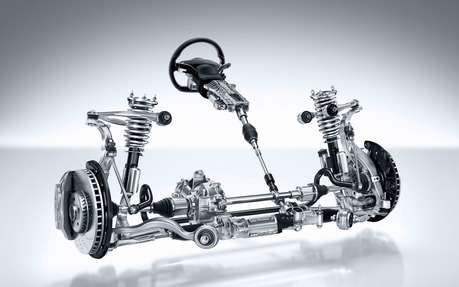Power Steering: A Brief History
If you mostly stick to highway driving, power steering probably isn’t something you use often. However, if you’re a city slicker who regularly requires complex maneuvers to park your car, power steering is your best friend.
Nowadays, power steering is found on most cars. It generally consists of a hydraulic pump that amplifies the force you apply to the steering column to change directions. Don’t forget that you’re turning large pieces of rubber on an abrasive surface (asphalt), with several hundred pounds resting on them. Without power steering, you’d have a hard time turning the wheels of a vehicle that’s stopped or travelling low speed.
As mentioned above, most vehicles come with this technology. But how did it all get started?
Tracing the roots way back
According to the legend advanced by a serious publication on the history of automobile steering systems, a man by the name of Fitts installed a power steering system on an antique car in 1876. Robert E. Twiford, an American from Pennsylvania, patented the first all-wheel drive system on April 3, 1900, and his patent included a power steering system.
Francis W. Davis, an engineering in the Heavy Vehicles division at Pierce-Arrow, invented a concept similar to the one used today in 1926. He offered it to GM, but they determined that it would be too expensive to make and include in mass-market vehicles.
Interest in power steering increased during World War II, as it facilitated maneuvers for large military vehicles.
In 1951, Chrysler released the Imperial, a vehicle equipped with power steering. The technology has come a long way since then, and it’s now considered an essential feature!
